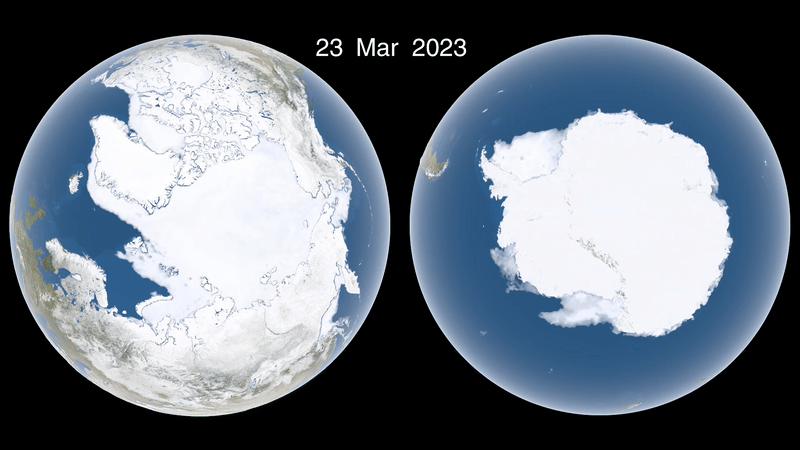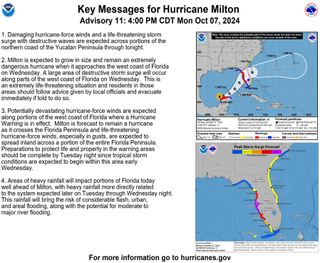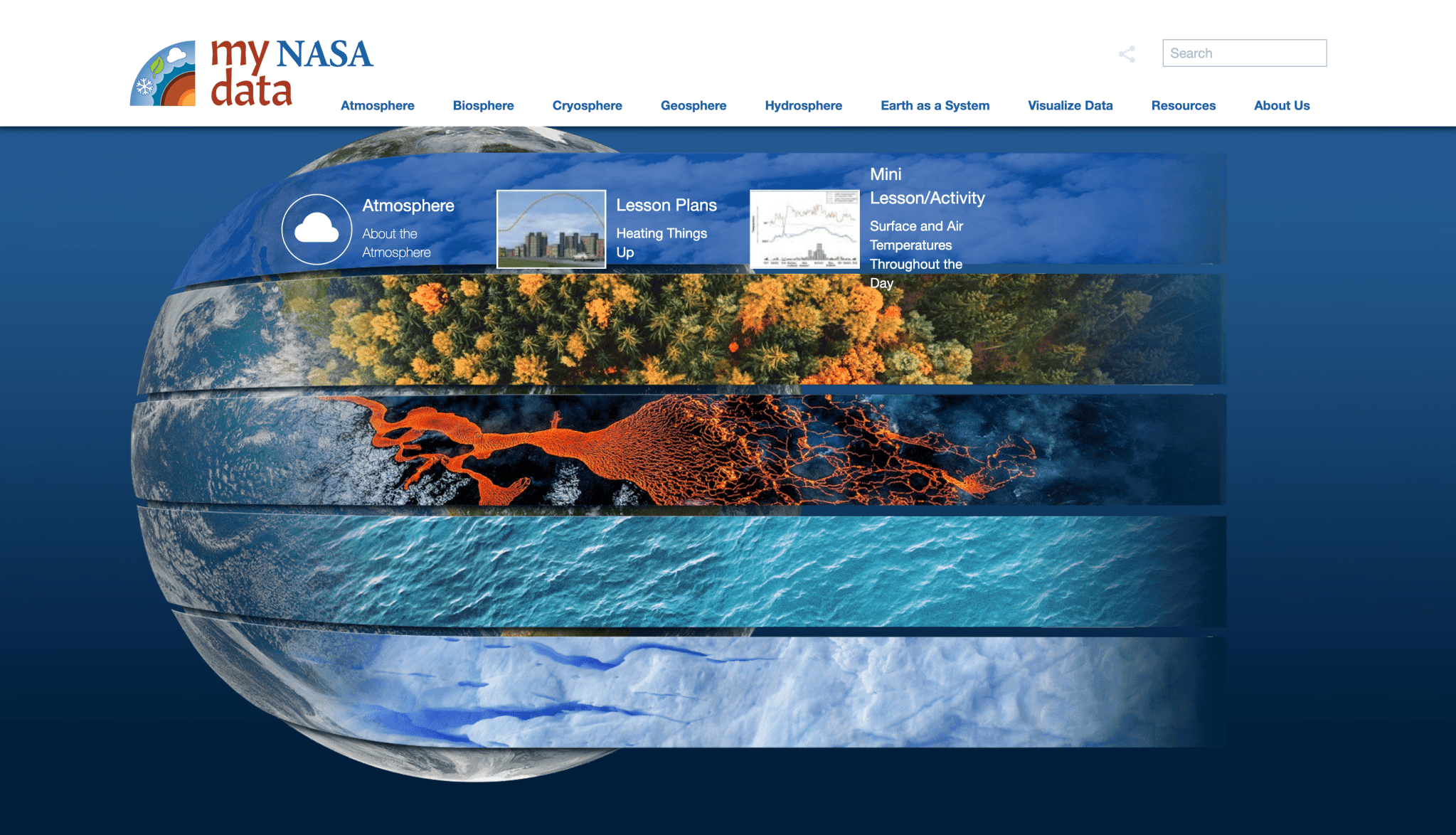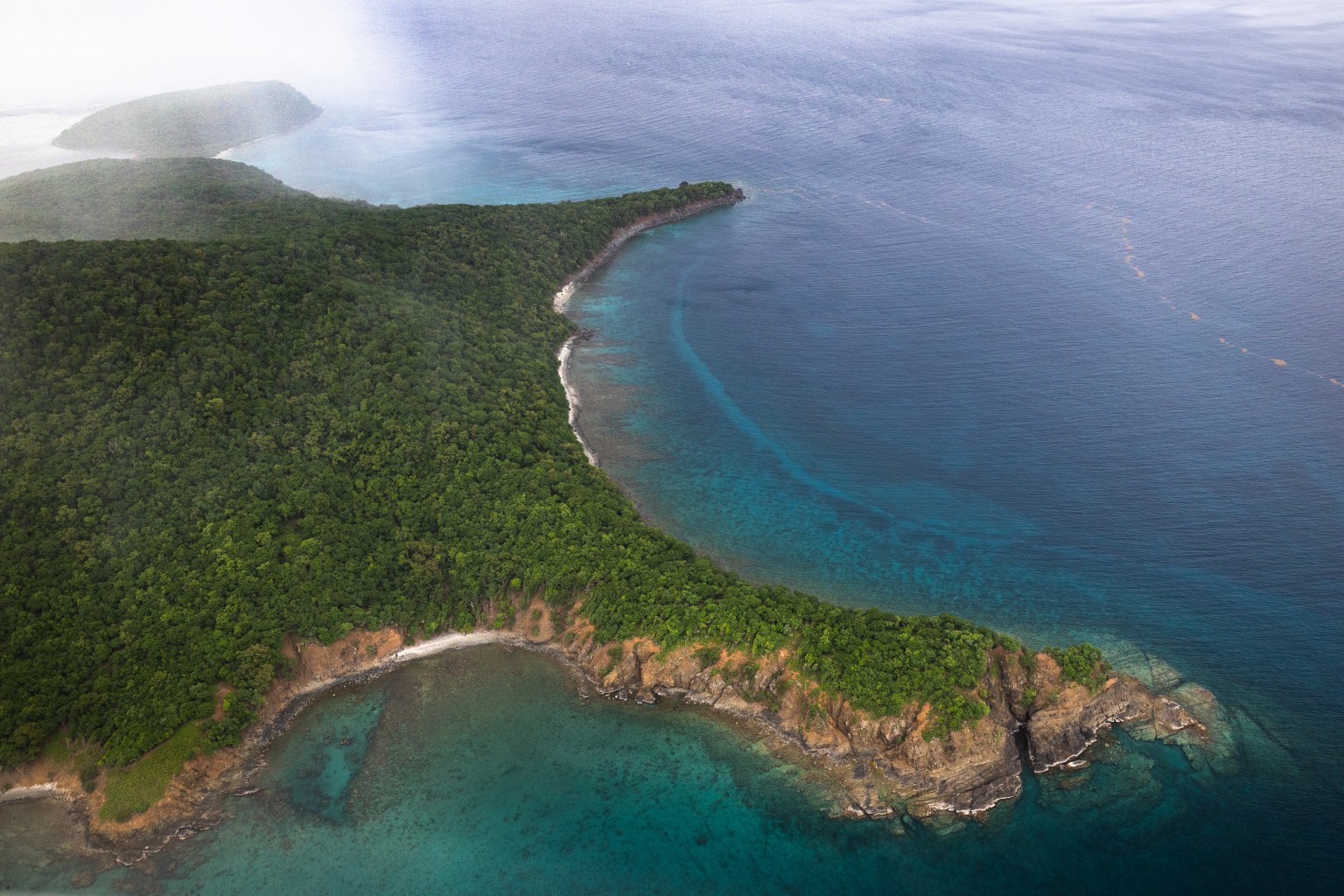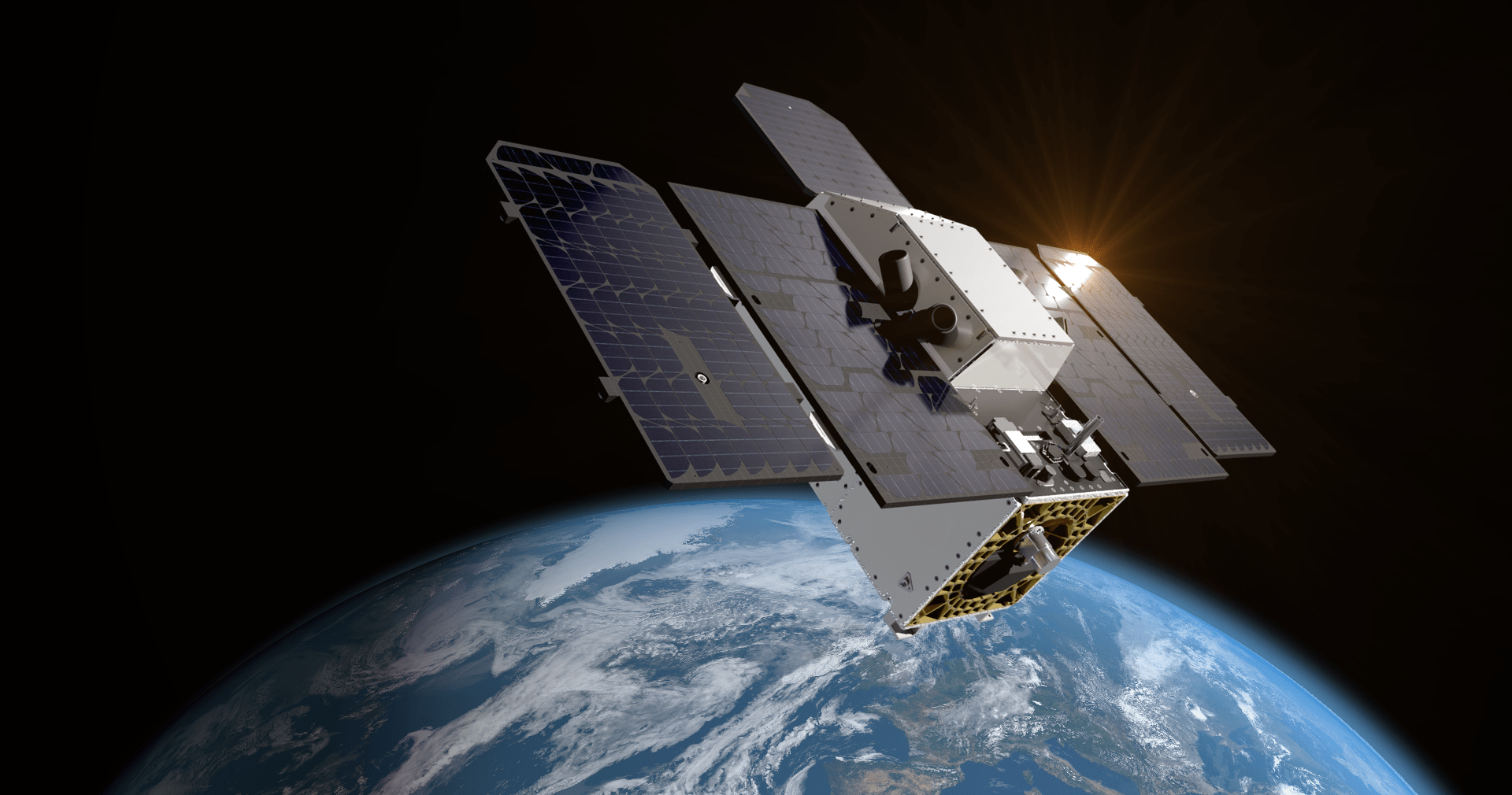New research from NASA and the National Snow and Ice Data Center (NSIDC) in Colorado measured Arctic sea ice cover on March 22, during what should’ve been its annual peak. In conclusion, the agency reported seeing 5.53 million square miles (14.33 million square kilometers) of sea ice — for context, that’s the lowest Arctic winter sea ice levels have ever been. To make matters worse, NASA scientists also discovered that, this year, summer ice in the Antarctic retreated to 764,000 square miles (1.98 million square kilometers) as of March 1,…
Read MoreTag: Climate Change
NASA Researchers Study Coastal Wetlands, Champions of Carbon Capture
Earth (ESD) Earth Explore Explore Earth Science Climate Change Air Quality Science in Action Multimedia Image Collections Videos Data For Researchers About Us 8 Min Read NASA Researchers Study Coastal Wetlands, Champions of Carbon Capture Florida’s coastal wetlands are a complex patchwork of ecosystem — consisting of sawgrass marshland, hardwood hammocks, freshwater swamps, and mangrove forests. Credits: NASA/ Nathan Marder Across the street from the Flamingo Visitor’s Center at the foot of Florida’s Everglades National Park, there was once a thriving mangrove population — part of the largest stand of…
Read MoreScientists warn of consequences as over 800 NOAA workers are fired: ‘Censoring science does not change the facts’
Scientists warn that the Trump administration’s abrupt firing of hundreds of weather forecasters and climate experts across NOAA will curtail important climate research and could result in preventable deaths during extreme weather events and related disasters. Over 800 employees across most divisions of the National Oceanic and Atmospheric Administration (NOAA) — a premier U.S. federal agency at the forefront of climate research that provides timely weather forecasts to the public for free — were dismissed in mass layoffs that began Thursday afternoon (Feb. 27). The cuts targeted probationary employees, a…
Read MoreNASA, NOAA to Announce 2024 Global Temperatures, Climate Conditions
This map depicts global temperature anomalies for meteorological summer in 2024 (June, July, and August). It shows how much warmer or cooler different regions of Earth were compared to the baseline average from 1951 to 1980. (Credit: NASA/NOAA) Climate researchers from NASA and NOAA (National Oceanic and Atmospheric Administration) will release their annual assessments of global temperatures and discuss the major climate trends of 2024 during a media briefing at 12 p.m. EST Friday, Jan. 10. NASA will share the briefing on the agency’s website at: https://www.nasa.gov/live. Participants will include:…
Read More‘Ambitious climate action is more urgent than ever:’ 3 Climate records broken in 2024
The year 2024 has been another challenging one for Earth’s climate, marked by record temperatures, extreme weather events, and urgent warnings from scientists about the accelerating pace of global warming. An analysis by the Copernicus Climate Change Service (C3S), the European Union agency that tracks global warming, suggests this year will be the hottest since instrument record keeping began more than a century ago — beating climate records set just last year. 2024 will also be the first calendar year in which the global average temperature exceeded 1.5 degrees Celsius…
Read MoreSatellite images capture Hurricane Milton intensifying into Category 5 storm (videos)
In the heart of the Gulf of Mexico, a new hurricane is brewing. Hurricane Milton, now having intensified into a Category 5 storm, was caught in incredible space-based imagery from spacecraft such as the U.S. National Oceanic and Atmospheric Administration’s GOES-East satellite. Hurricane Milton comes just ten days after Hurricane Helene, the deadliest hurricane to hit the United States since Katrina, made landfall in the southeastern U.S. Milton poses a solid threat to the regions it will impact, and the National Hurricane Center is urging residents of Florida to take…
Read MoreGoing Back-to-School with NASA Data
4 min read Preparations for Next Moonwalk Simulations Underway (and Underwater) As students head back to school, teachers have a new tool that brings NASA satellite data down to their earthly classrooms. The My NASA Data homepage categorizes content by areas of study called spheres and also Earth as a system. NASA/mynasadata.larc.nasa.gov For over 50 years of observing Earth, NASA’s satellites have collected petabytes of global science data (that’s millions and millions of gigabytes) – with terabytes more coming in by the day. Since 2004, the My NASA Data website has…
Read MoreProyecto de la NASA en Puerto Rico capacita a estudiantes en biología marina
9 Min Read Proyecto de la NASA en Puerto Rico capacita a estudiantes en biología marina Una península cubierta por un bosque verde en la isla de Culebra se adentra en las aguas azules del Caribe mientras una tormenta cae a lo lejos. El azul turquesa que rodea la isla indica la presencia de aguas poco profundas, que son el hogar de los famosos arrecifes de coral de esta isla. Credits: Centro Ames de la NASA/Milan Loiacono Read this story in English here. Tainaliz Marie Rodríguez Lugo respiró hondo, se ajustó…
Read MoreNASA Project in Puerto Rico Trains Students in Marine Biology
7 Min Read NASA Project in Puerto Rico Trains Students in Marine Biology A forested green peninsula of Culebra Island juts into the blue waters of the Caribbean as a rain storm hits in the distance. The teal blue surrounding the island indicates shallow waters, home to the island's famous coral reefs. Credits: NASA Ames/Milan Loiacono Tainaliz Marie Rodríguez Lugo took a deep breath, adjusted her snorkel mask, and plunged into the ocean, fins first. Three weeks earlier, Rodríguez Lugo couldn’t swim. Now the college student was gathering data on…
Read MoreNASA-Designed Greenhouse Gas-Detection Instrument Launches
This artist’s concept depicts one of the Carbon Mapper Coalition’s Tanager satellites, the first of which launched on Aug. 16. Tanager-1 will use imaging spectrometer technology developed at JPL to measure greenhouse gas point-source emissions. Planet Labs PBC Developed by the agency’s Jet Propulsion Laboratory, the imaging spectrometer will provide actionable data to help reduce emissions that contribute to global warming. Tanager-1, the Carbon Mapper Coalition’s first satellite, which carries a state-of-the-art, NASA-designed greenhouse-gas-tracking instrument, is in Earth orbit after lifting off aboard a SpaceX Falcon 9 rocket from Space…
Read More